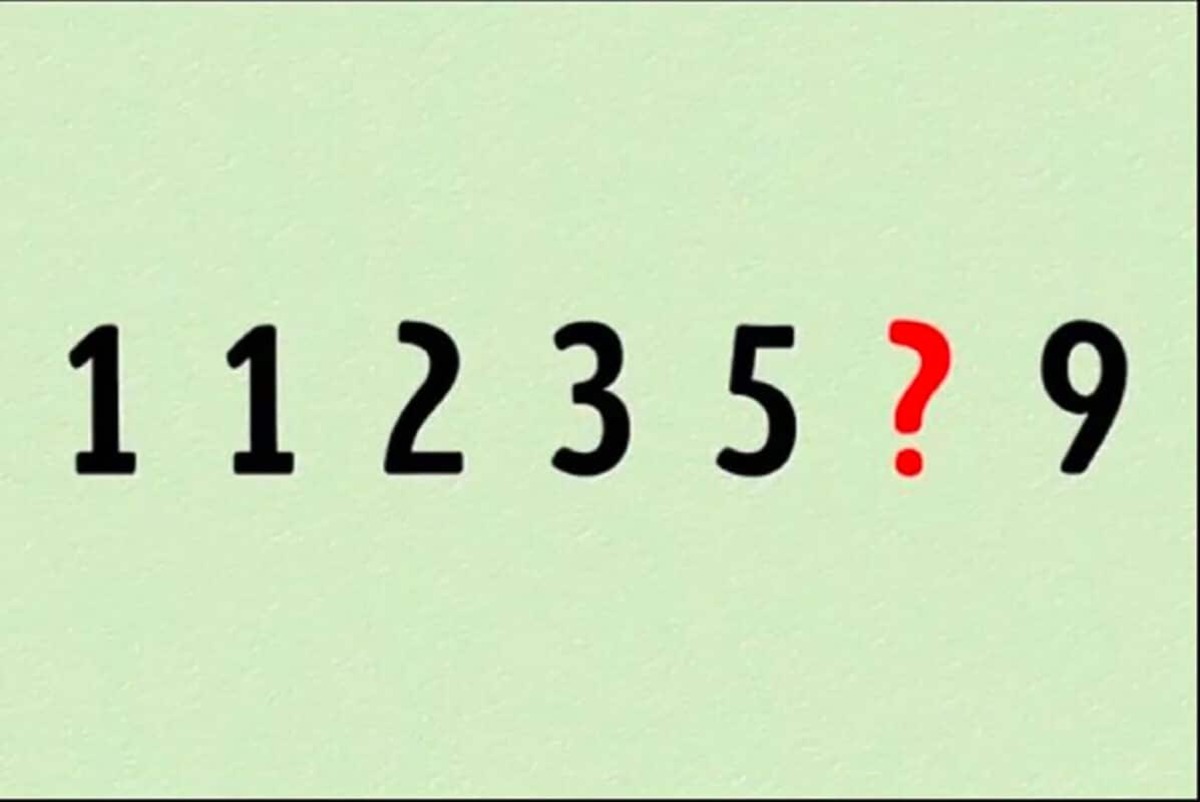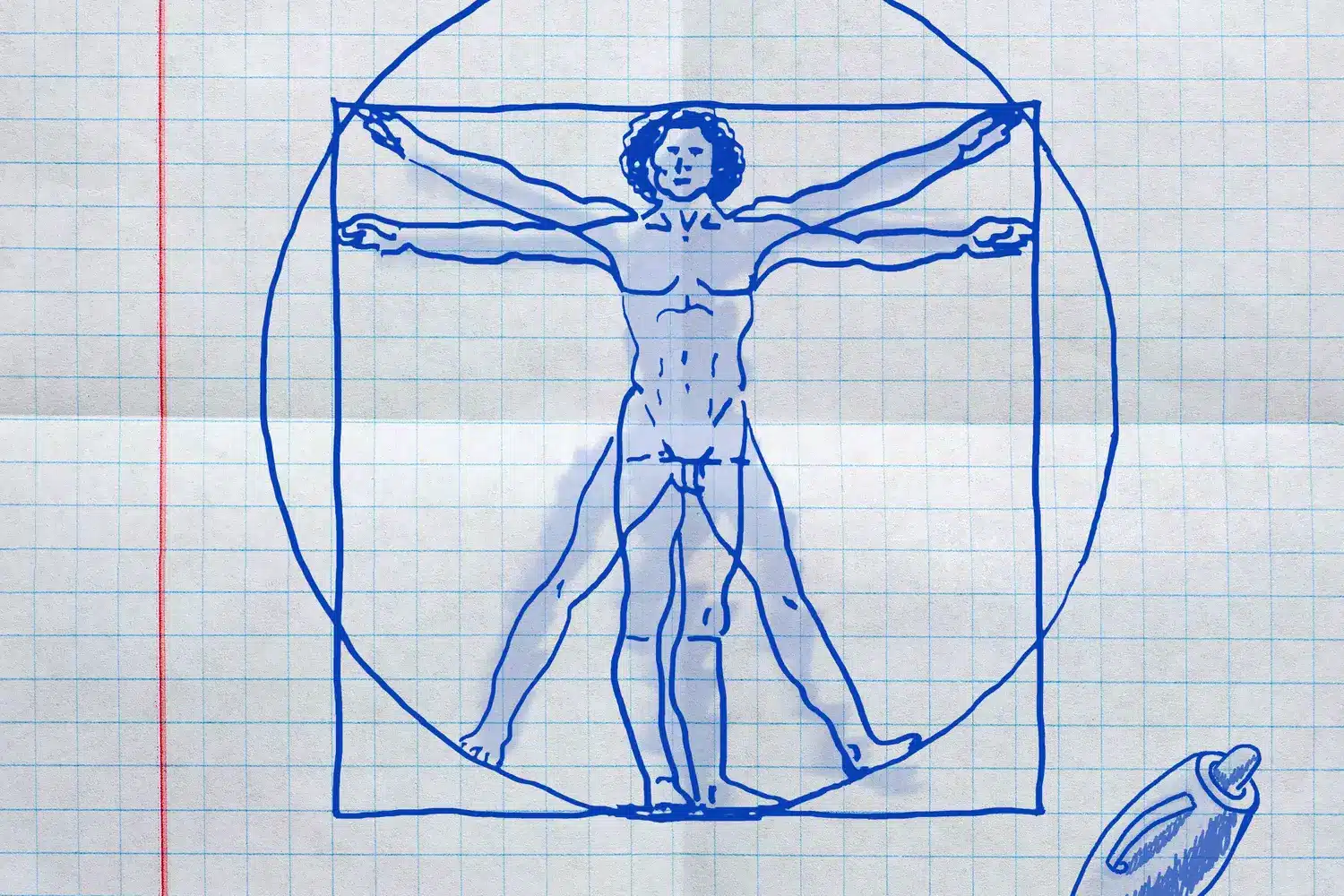A math puzzle has recently sparked worldwide intrigue, capturing the attention of both seasoned mathematicians and curious newcomers. Dr. Emma Chen’s viral number sequences—like 2, 5, 11, 23 and 3, 7, 13, 25—have challenged solvers to rely on logical reasoning and sharp observation to identify the elusive missing number that completes each series. While these patterns may seem simple at first glance, their depth continues to challenge even those with a high IQ or advanced analytical backgrounds. Teachers, students, and researchers are all drawn into the fray, eager to unravel what many now call one of the most stimulating brain teasers of recent times.
More than just a test of mental agility, this math puzzle has evolved into a global phenomenon, driving collaboration in online communities and uniting people from diverse backgrounds through a shared love of numbers. Whether viewed as a tricky game or a serious research subject, the puzzle invites anyone passionate about problem-solving to take on the challenge and search for its hidden solution.
What makes this math puzzle so interesting?
Part of the fascination comes from the puzzle’s deceptive simplicity. The sequences appear to follow an obvious progression, tempting quick conclusions. Yet beneath this surface lies a web of complexity that defies expectations, demanding much more than basic arithmetic or pattern recognition skills.
Dr. Chen’s elegant construction opens multiple avenues toward potential solutions, making the challenge accessible to a broad spectrum of skill levels. While casual puzzlers enjoy searching for order, mathematicians see an opportunity to explore deeper, often non-linear relationships, leading to lively debates over the true answer. If you’re intrigued by number riddles, you might also want to try your logic on the viral missing number challenge featured here.
How does the missing number puzzle work?
At its core, the puzzle presents incomplete numerical sequences. Each sequence begins with four given numbers and leaves a blank space—the notorious missing number. For example: given 2, 5, 11, 23, what comes next? Other variants, like 3, 7, 13, 25, push problem-solvers to look beyond visible trends and uncover the mechanisms behind the pattern.
While the format may evoke memories of classic IQ tests, a closer look reveals intricate relationships. What started as a fun exercise now fuels detailed analysis and spirited discussions among enthusiasts and experts alike.
Theories and strategies proposed by solvers
Attempts to crack the code have inspired geniuses from numerous fields to employ every conceivable technique, from prime-based logic and polynomial models to recursive calculations. As participants seek connections, speculation grows—not only around the correct solution but also regarding the underlying philosophy of such a difficult and creative construction.
These debates extend across social media and academic circles. Crowdsourced insights blend with formal research, fostering both friendly competition and collaborative efforts to reveal the puzzle’s secrets. For more challenging puzzles, updates, and other math-related intrigue, browsing South Beach Bulletin offers a glimpse into ongoing mathematical phenomena.
Prime-related approaches and nonlinear patterns
Many believe primes might be key to the solution. Observers notice that while differences between terms are inconsistent, they sometimes echo steps through prime increments or relate indirectly to prime gaps. Attempts to combine multiplication, addition, or other operations aim to expose a solid logic binding each term together.
Researchers emphasize that this unpredictable movement hints at a possible nonlinear algorithm, not merely a repeated value. Such a hard-to-pin-down characteristic attracts problem-solvers with strong analytical skills and those simply seeking an ingenious shortcut.
Polynomial and recursive hypothesis
Some suggest modeling the sequences with higher-degree polynomials, which provide flexibility to link seemingly unrelated values. Fitting a quadratic or cubic equation can sometimes match known terms, though confirming the exact rule remains a challenge without additional data.
Others speculate about recursion, where each new term depends not just on the previous one but potentially on several earlier values. This approach creates new possibilities but increases the difficulty of pinpointing the precise formula that leads to the missing number.
Why has the puzzle attracted global attention?
Beyond its technical demands, the story behind this brain teaser has fueled its popularity. Dr. Chen’s creation has achieved international reach, testament to the universal appeal of intellectual challenges. Curiosity brings together everyone—from teenagers and university professors to parents and tech fans—in a collective pursuit.
Educators incorporate this math puzzle into lessons, recognizing how grappling with tough questions builds critical thinking and resilience. At the same time, AI scholars treat it as a benchmark for computational logic, comparing machine learning with human creativity in the race for the solution.
Real-world influence and ongoing research
As debate intensifies, the puzzle has moved far beyond memes or classroom exercises. Organizations ranging from after-school clubs to major research institutions devote resources to solving its mystery. Some host competitions rewarding the fastest or most inventive solver able to present a valid answer.
Others compile extensive catalogs of possible patterns, hoping crowd-sourced wisdom will guide them closer to the truth. Researchers analyze thousands of attempted solutions, highlighting promising methods and setting aside unproductive ones.
- Teachers use the puzzle to encourage flexible thinking in students.
- AI developers design algorithms based on the sequence data, testing software against human logic.
- Psychologists investigate how individuals interpret ambiguous cues and handle challenging prediction tasks.
- Recreational math groups organize workshops focused entirely on deciphering complex number chains.
Through these joint initiatives, every new approach offers a fresh perspective. No single field holds all the answers, underscoring the importance of collaboration in today’s quest for understanding.
Tips for tackling tricky puzzles like this one
Successfully addressing a difficult math puzzle requires patience and adaptability. Confronting a mysterious pattern means questioning initial impressions, exploring various interpretations, and resisting the urge to settle on the first apparent strategy.
For those eager to join the quest for the missing number, certain practical tactics can improve the chances of discovering the right answer.
Break down the available information
Begin by analyzing the visible jumps or changes between each number in the sequence. Recording successive differences, ratios, or other mathematical relationships can help clarify which directions merit investigation. Sometimes, testing basic operations quickly indicates whether standard arithmetic or something subtler is at play.
If ordinary rules fail, consider mapping the sequence visually or experimenting with less common mathematical tools until a likely connection emerges.
Collaborate and refine ideas
Working with others allows access to a range of perspectives. Sharing hypotheses in forums, considering constructive feedback, and embracing group critique often lead to valuable breakthroughs. Occasionally, an outside point of view highlights a missing detail or alternative approach.
When collaboration becomes overwhelming, stepping away and returning later with a clear mind can help resolve stubborn impasses—even for the hardest brain teasers.







